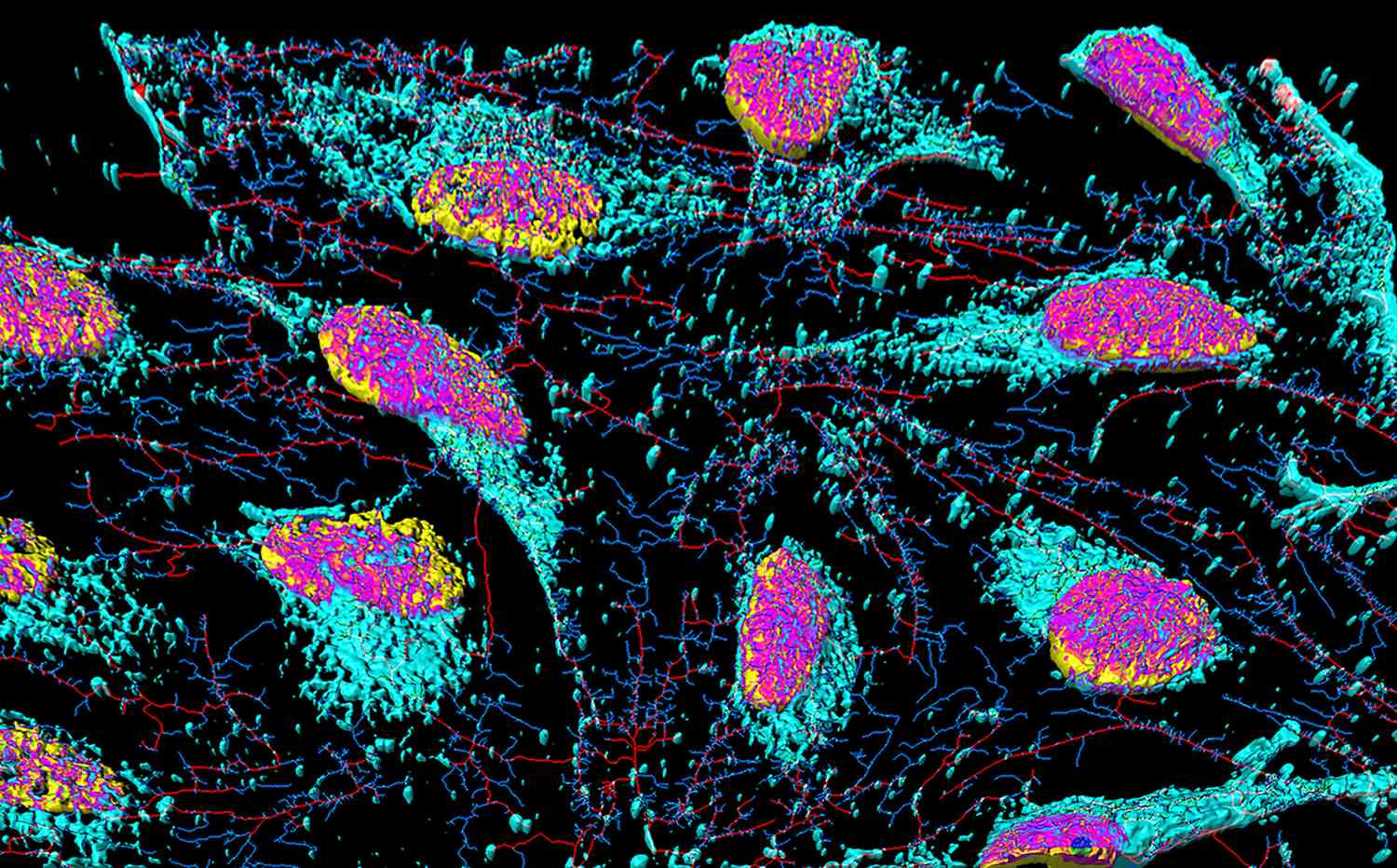
The Complete Guide to Purchasing HeLa Cells for Scientific Research
HeLa cells are the world's first immortal human cell line, derived from Henrietta Lacks' cervical cancer cells in 1951. These cells continue to be vital for scientific research due to their unique ability to divide indefinitely under laboratory conditions.

Microscope view of dark cellular structure
These cells are widely used in various research applications, including:
- Cancer research and drug development
- Vaccine testing and production
- Gene mapping and genetic studies
- Disease mechanism research
- Drug toxicity testing
When purchasing HeLa cells, researchers should:
- Source from reputable cell banks or authorized distributors
- Verify cell authentication documentation
- Check for quality control certificates
- Ensure proper shipping and handling protocols
- Review biosafety requirements
Important considerations:
- Cost varies depending on quantity and supplier
- Cells require specific storage and handling conditions
- Proper laboratory facilities and training are essential
- Documentation of ethical sourcing may be required
- Institutional review board (IRB) approval might be necessary
Ethical considerations remain important due to the cells' controversial origin. Modern usage requires:
- Following institutional guidelines
- Adhering to ethical protocols
- Maintaining proper documentation
- Respecting research regulations
- Acknowledging the contribution of Henrietta Lacks
Despite ethical challenges, HeLa cells remain invaluable for scientific advancement. Researchers should prioritize obtaining cells from authorized suppliers while following all regulatory and ethical guidelines to ensure responsible use in advancing medical research.
Note: Always consult with your institution's research compliance office before purchasing HeLa cells to ensure adherence to local regulations and requirements.

